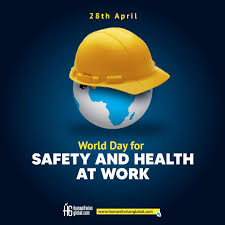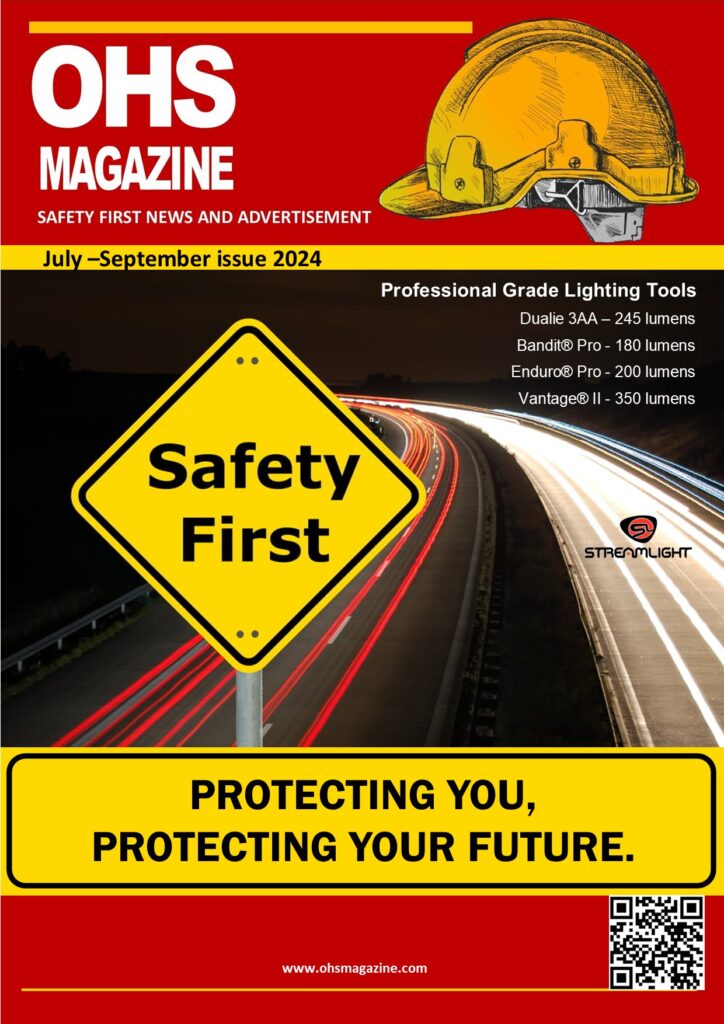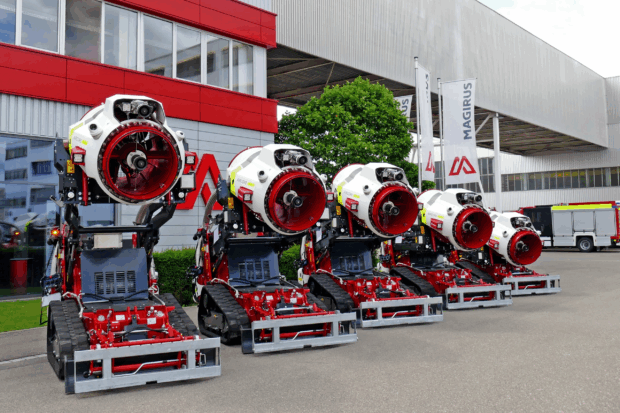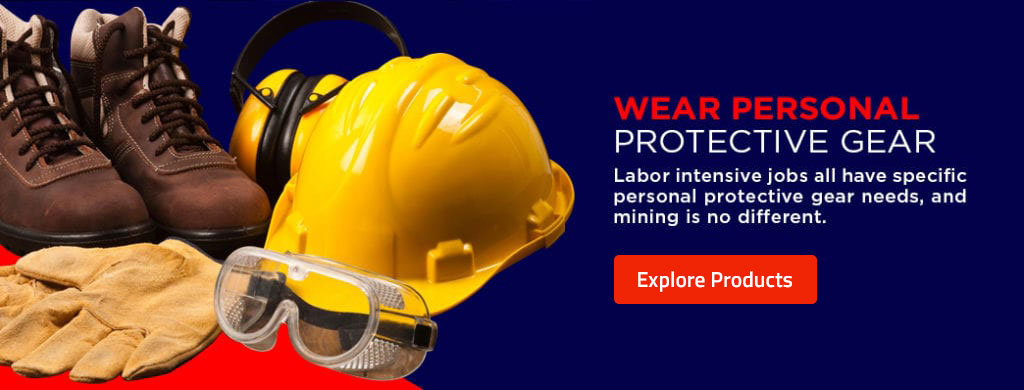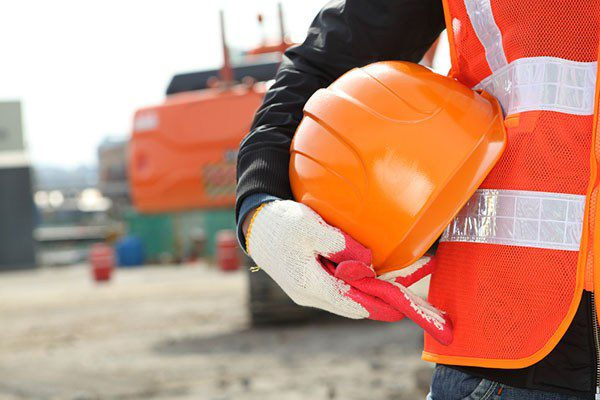Balancing Productivity and Safety: Strategies for Small and Medium-Sized Enterprises (SMEs).Small and Medium-Sized Enterprises (SMEs) play a pivotal role in global economies, often acting as drivers of innovation and employment. However, balancing productivity and safety can be a significant challenge for these businesses, especially given their limited resources compared to larger corporations. Striking this balance is not just a regulatory obligation but a critical component of long-term sustainability and employee well-being.
The Productivity-Safety Dilemma
For many SMEs, the drive to maximize output often competes with the need to ensure workplace safety. Resource constraints, tight deadlines, and high customer demands can lead to shortcuts that compromise safety. However, studies consistently show that safe workplaces contribute to higher productivity in the long run by reducing downtime, employee turnover, and medical costs associated with workplace injuries.
Strategies for Balancing Productivity and Safety
- Prioritize a Safety-First Culture Creating a safety-conscious workplace begins with leadership. Business owners and managers must demonstrate a commitment to safety by investing in training, equipment, and regular safety audits. Employees should feel empowered to report hazards without fear of reprisal.
- Leverage Technology Modern tools and technology can streamline safety measures without hindering productivity. For instance, wearable devices can monitor employees’ physical exertion, while IoT sensors can detect hazardous conditions in real-time.
- Integrate Safety into Operational Goals Safety should not be treated as a separate function but as a core component of operational planning. This integration can involve setting safety key performance indicators (KPIs) alongside productivity goals, ensuring that the two are aligned rather than at odds.
- Adopt Tailored Training Programs Training programs should be customized to the specific risks of the SME’s industry. Regularly updating these programs to include the latest safety practices and regulations can ensure employees are well-prepared for their roles.
- Encourage Employee Engagement Involving employees in safety planning and decision-making fosters a sense of ownership. Establishing safety committees or holding regular feedback sessions can provide valuable insights into potential risks and mitigation strategies.
- Streamline Processes for Compliance Many SMEs struggle to keep up with regulatory requirements, which can be both time-consuming and expensive. Using compliance management software or consulting services can help SMEs stay updated and avoid penalties without sacrificing productivity.
- Evaluate and Adapt Continuous improvement is key. Regular assessments of safety policies and productivity metrics allow SMEs to identify areas of conflict and adjust strategies as needed. Metrics such as incident rates, absenteeism, and equipment downtime can offer valuable insights.
The Business Case for Safety
Investing in safety measures is often perceived as an expense, but evidence suggests it yields tangible returns. A report by the International Labour Organization (ILO) indicates that for every dollar invested in occupational safety, there is a potential fourfold return in productivity and operational efficiency.
Challenges and Opportunities
While SMEs face unique challenges in implementing comprehensive safety measures, they also have the advantage of being more agile than larger organizations. This agility allows for faster adaptation to new technologies and practices. Governments and industry bodies are also stepping up support for SMEs, offering grants, training programs, and resources to help them maintain safe work environments.
Conclusion
Balancing productivity and safety is not an either-or proposition. For SMEs, the two can and should go hand in hand. By fostering a culture that prioritizes safety, leveraging technology, and continuously adapting strategies, SMEs can achieve sustainable growth while ensuring the well-being of their workforce. In today’s competitive landscape, safety is not just a regulatory requirement—it is a business imperative.




